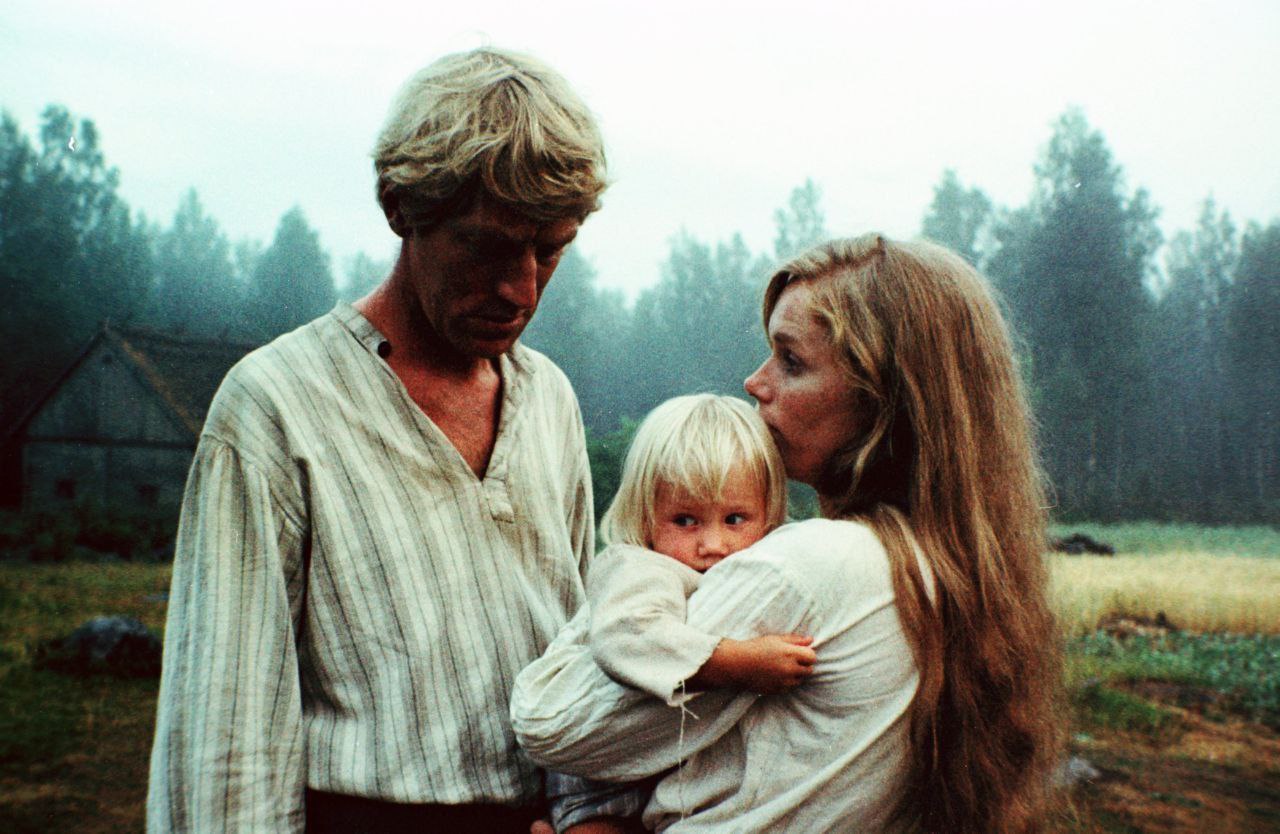In the year 1867 – 1869 there was a severe famine in Scandinavia, the last major one in Northern Europe. The bad harvests during these years contributed to a great emigration of native Scandinavians to America, Vinland – where the soil was more fertile and much land was given for a small amount of money.
During the beginning of the 1860s, Sweden had suffered poor harvests on several occasions, and spring and summer were much colder than usual due to long winters all over Scandinavia. In 1867 it was still snow in May, and no ships could go through the ice. It was hard to transport and distribute emergency food supplies to the already starving areas. As late as in Midsummer same year, was the first time you could start sowing – that’s how cold it really was. The late spring was then followed by a very short summer and an early autumn. This caused not just bad harvests, but also made it difficult to feed the cattle. A widespread drought then occurred in 1868, which caused a failed harvest once again and starving animals. Thus, the famine continued.
Due to these hard years, many of the Native Scandinavian people saw no other way than moving to America, called Vinland back then. Between the 1800s to 1920s about 1.5 million Swedes left Sweden, and in retrospect about a fifth of them returned back home. The journey went by boat over the Atlantic Sea which took several weeks. The most popular destination to settle down was in Minnesota, where many Native Scandinavian Americans still lives to this day. In the 2000s U.S census, about 4 million Americans claimed to have Swedish -or Scandinavian roots.
Pictures is from the Swedish movie ‘Utvandrarna’ based on the books of the famous Swedish author Vilhelm Moberg. Great books and a great films to watch if you want to know more about the situation of the Native Scandinavian people during these hard years in history.

